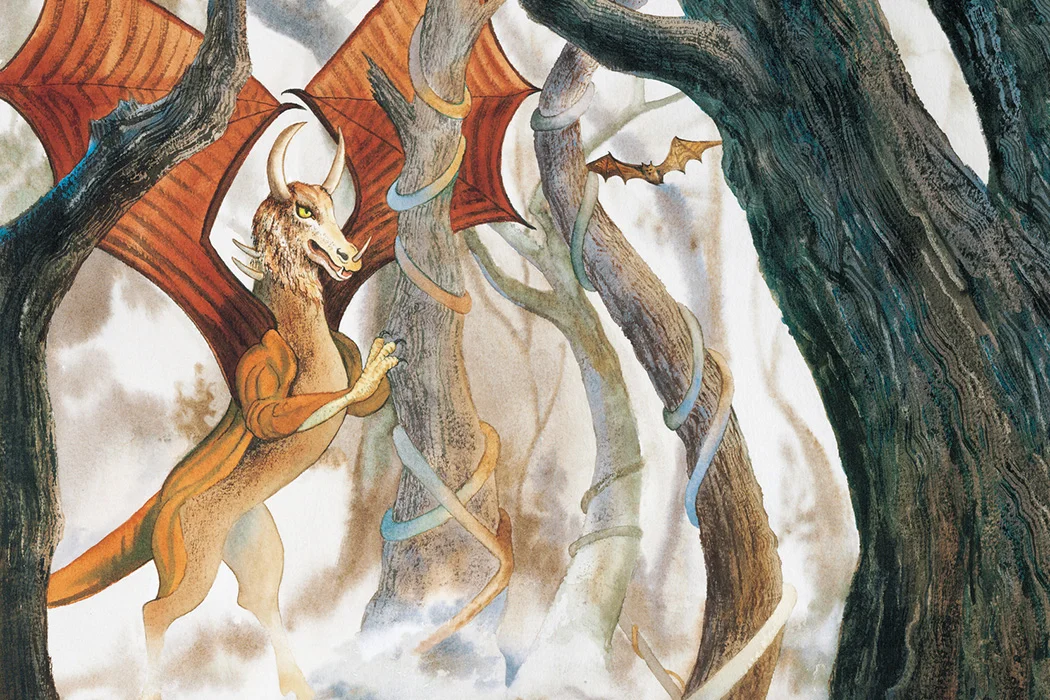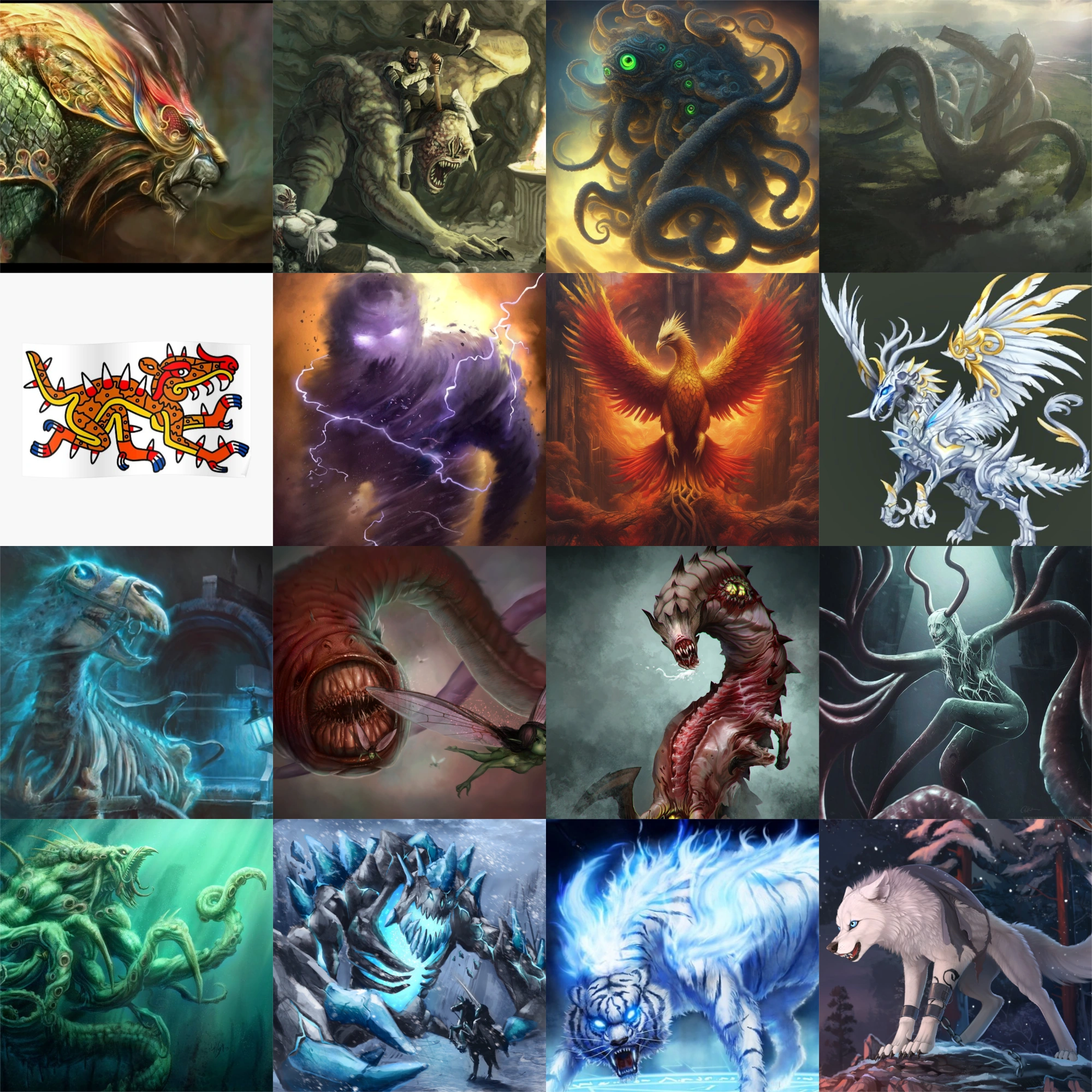nightglow.info – Nestled within the dense forests of New Jersey lies a legend that has captivated the imaginations of locals and visitors alike for centuries. The Jersey Devil, a creature of myth and folklore, is said to roam the Pine Barrens, a vast and eerie expanse of wilderness that stretches across the southern part of the state. This winged terror, with its haunting cries and elusive nature, has become an iconic figure in American folklore.
Origins of the Legend
The legend of the Jersey Devil is believed to have originated in the late 1700s, with the most popular version of its birth tied to the Leeds family. According to folklore, Mrs. Leeds, pregnant with her thirteenth child, cursed the unborn infant in a fit of rage, wishing it to be a devil. On a stormy night, the child was born with the features of a monster: a horse’s head, bat-like wings, cloven hooves, and a forked tail. The creature immediately flew up the chimney and into the night, never to be seen again by the Leeds family.
Sightings and Encounters
Over the years, there have been numerous reported sightings of the Jersey Devil. Descriptions vary, but many accounts depict a creature with the ability to walk, fly, and emit a blood-curdling scream that can be heard for miles. Some witnesses claim to have seen it in the woods, while others report encounters on roads and near homes. The most famous flurry of sightings occurred in 1909, when hundreds of people claimed to have seen the creature, leading to widespread panic and even a manhunt by local authorities.
The Pine Barrens: A Sanctuary for the Supernatural
The Pine Barrens, with its thick forests, isolated roads, and sparse population, provides the perfect backdrop for the legend of the Jersey Devil. This vast wilderness area, known for its unique ecosystem and rich history, is said to be the creature’s home. The dense foliage and remote locations offer a sanctuary for the Jersey Devil, allowing it to remain hidden from the prying eyes of the outside world.
Cultural Impact and Modern Interpretations
The legend of the Jersey Devil has left an indelible mark on New Jersey and beyond. It has inspired books, movies, and television shows, cementing its place in American folklore. Each year, enthusiasts and skeptics alike flock to the Pine Barrens in search of the elusive creature, while others celebrate the legend through festivals and tours. Despite the lack of concrete evidence, the Jersey Devil continues to capture the imagination of people, blending fact and fiction in a tale that has endured for generations.
Conclusion
The Jersey Devil, with its mysterious origins and enduring presence in the Pine Barrens, remains one of the most intriguing legends in American folklore. Whether viewed as a mythical creature or a symbol of the untamed wilderness, the winged terror of the Pine Barrens continues to fascinate and inspire. As long as the dense forests stand and the night sky echoes with unexplained cries, the legend of the Jersey Devil will undoubtedly persist, a testament to the power of storytelling and the human fascination with the unknown.

